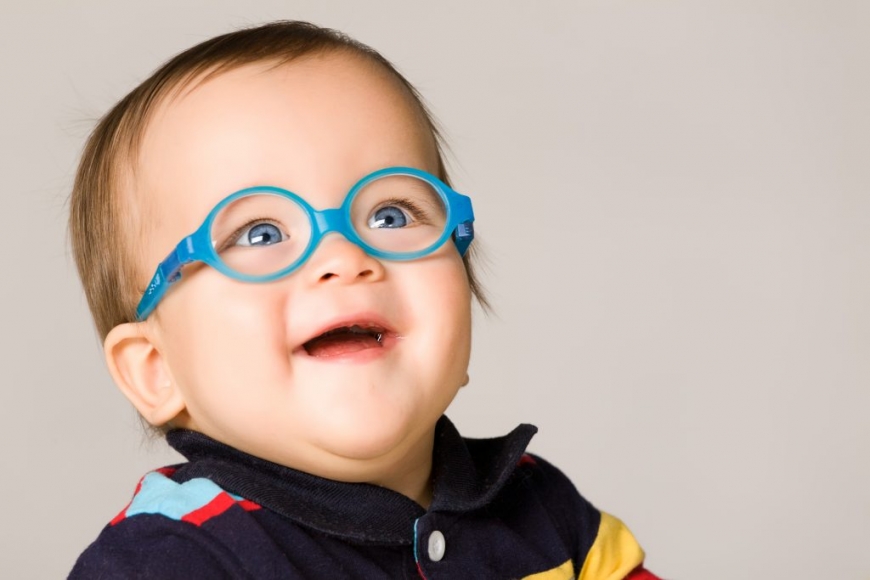-
 WHAT IS VISION IMPAIRMENT? Vision impairment refers to the inability use eyesight by the usual means....
WHAT IS VISION IMPAIRMENT? Vision impairment refers to the inability use eyesight by the usual means....
Here you will find information and resources children with visual impairment. Experts at the Warren Center can answer questions on vision impairment conditions ranging from low vision to colorblindness. Although every child’s situation is different, there are often special programs, therapy, and equipment available to help children with vision impairment adjust to school and social environments.
Early childhood intervention services address vision impairment stemming from neurological conditions (known as cortical vision impairment), genetic conditions (such as albinism and retinitis pigmentosa), structural conditions (such as microphthalmia and anophthalmia), and birth conditions (such as premature birth). For example, if you notice your infant has trouble focusing on or recognizing familiar faces by eight weeks, you may wish to speak with a pediatrician for further evaluation. Other signs of potential vision problems include eyes moving quickly from side to side (nystagmus), lack of eye contact, or cloudy pupils. In toddlers and older children, signs may include rubbing eyes frequently, squinting, clumsiness, or crossed eyes. Since vision problems can affect academic performance and well-being, early intervention is key to getting children the support they need as quickly as possible.


